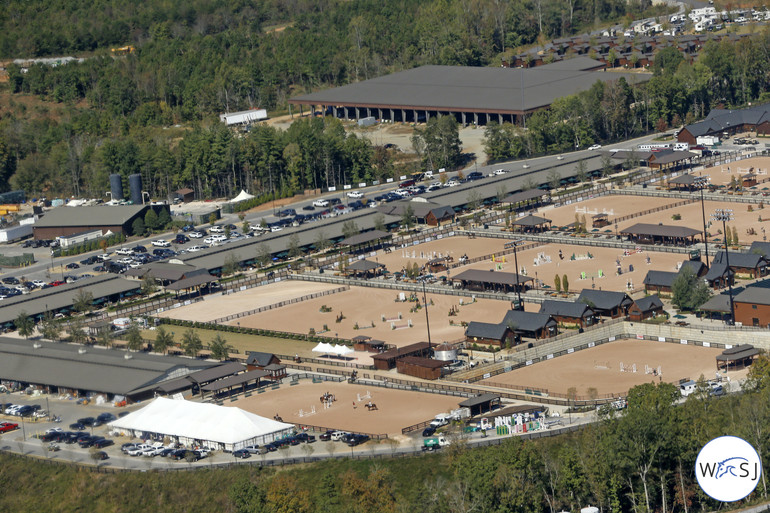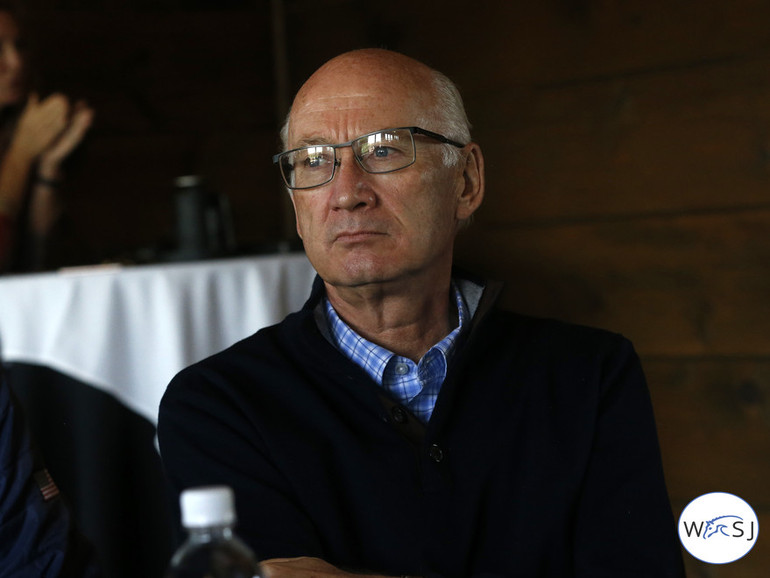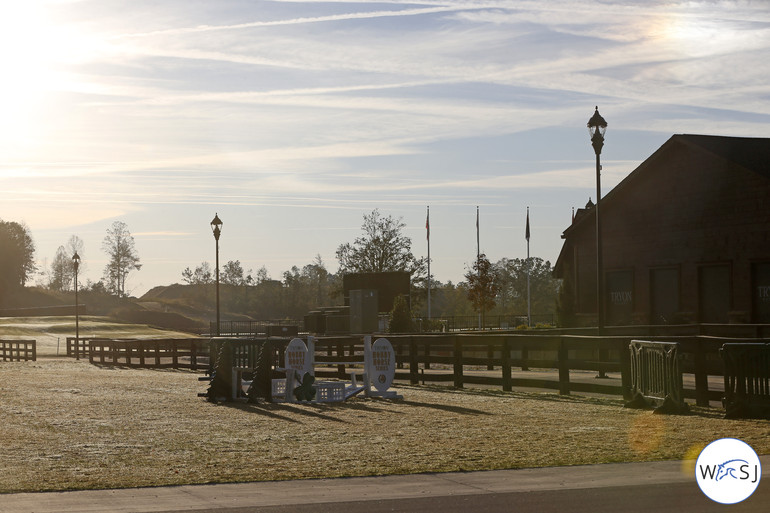The FEI World Equestrian Games™ 2018 were planned to be hosted by Bromont in Canada. However, at the end of July 2016, the FEI announced that Bromont was no longer an option due to financial issues and re-opened the bidding process. Already in August the same year – only one year after the first competition on the show grounds – Tryon International Equestrian Center was working together with the United States Equestrian Federation on a bid to host the 2018 Games in North Carolina. And, at the end of 2016 it was final: In September 2018 Tryon will welcome 1,000-1,500 athletes to compete for the World Championships medals.
This is the last part of a series of articles where World of Showjumping focuses on the upcoming FEI World Equestrian Games™.
Michael Stone has a background from the FEI and extensive experience with organising championships and other jumping events – now he is President of Sport for the FEI World Equestrian Games™ in 2018. “I’m overall responsible for the sport, as well as the coordination between the sport and everything else – from broadcasting to constructions,” Stone says.
“The eight disciplines at the World Equestrian Game are not so complicated, it is all the extra stuff that comes along with it that is the challenge. For example: We will have all the federations coming. You can have a huge five-star show, but you don’t have the federations coming. Even for a Nations Cup event you only have one Chef d’Equipe per nation and that is it. The riders get there themselves. For the World Equestrian Games we have the Chef d’Equips, physics’, farriers, numerous vets and all sorts of management from the federations. All these people have to be looked after and organised. You might think that it is just people, and ‘how difficult can it be’ – but the FEI requires a very detailed organisation plan around all that,” Stone explains.
Getting all these people to Tryon is one thing, then there is getting them around once they are there. “The FEI requires that we provide shuttles from the airport to here, and then from the hotels to here. They also require a huge amount of details, and way in advance as well. The big federations have very experienced people and they are great to work with, but we also have a lot of very inexperienced people as well so you have to have a very detailed plan because of course we want them all to have a great experience when they are here. That is when it becomes difficult, and the costs escape on you really fast. And just a little thing with feeding them all – we have about 1300 people that we will feed,” Stone tells.
Another challenge with so many people coming is the logistics, to make sure that people can go from one point to the other without getting stuck. “It can be a problem since everything is so close by at this arena. We have to make sure that everyone can get where they want. So, we are working on a detailed plan at the moment to make sure that the flow of people makes sense. It can easily be one point were everyone gets stuck and we really want to avoid that,” Stone says.
The organisers at Tryon are in the position that they could say that they didn’t need the government’s financial contribution, but government organizations will however help with road constructions and with different services like transportation management. “They have experience in North Carolina to run major events, so they have a logistical support that takes some costs off us. But we don’t get any cash what normally an organisation would need,” Stone tells.
“If North Carolina would give us millions to play around with it would be great. But in reality, that is not the way it works. It is a struggle for a lot of countries to get that support behind, because they can’t see a legacy. Unfortunately, it doesn’t seem to have been much legacy from any of the Games. It was a legacy for the Aachen event, more than for the region. So, a government wants to see a legacy if they invest millions in an event. They want to see what happens with the country after, what happens with tourists – and that hasn’t really happened after any of the Games.
Several FEI World Equestrian Games™ have been held in temporary arenas, but Stone sees a huge advantage of having a permanent one to start with. “I think it makes a big difference that we have an existing arena compared to Games organised in made arenas like Normandy. We could organize the equestrian part of the Games without too much difficulty next week. We have the place to hold all the disciplines. And that is unusual, it is not many organisers that have that possibility. Someone like Normandy that come in and creates everything from scratch, well that is a nightmare. It will be less expensive for us to do it,” Stone says.
So, what about the World Equestrian Games’ future we ask Stone? “I think I can answer that very well in September when it is all over,” he laughs
In our series 'Ahead of the WEG 2018', World of Showjumping will give our readers a preview and a look behind the scenes on the upcoming FEI World Equestrian Games™ in Tryon.
You can read the previous article here:
Ahead of the WEG 2018: From nothing to organising the FEI World Equestrian Games™
Ahead of the WEG 2018: “The whole venue was built in 16 months"
Ahead of the WEG 2018: McLain Ward – “I’m really looking forward to show the world what we can do”
Ahead of the WEG 2018: Stabling, flights and quarantine
Text and pictures © World of Showjumping by Jenny Abrahamsson
No reproduction without permission












